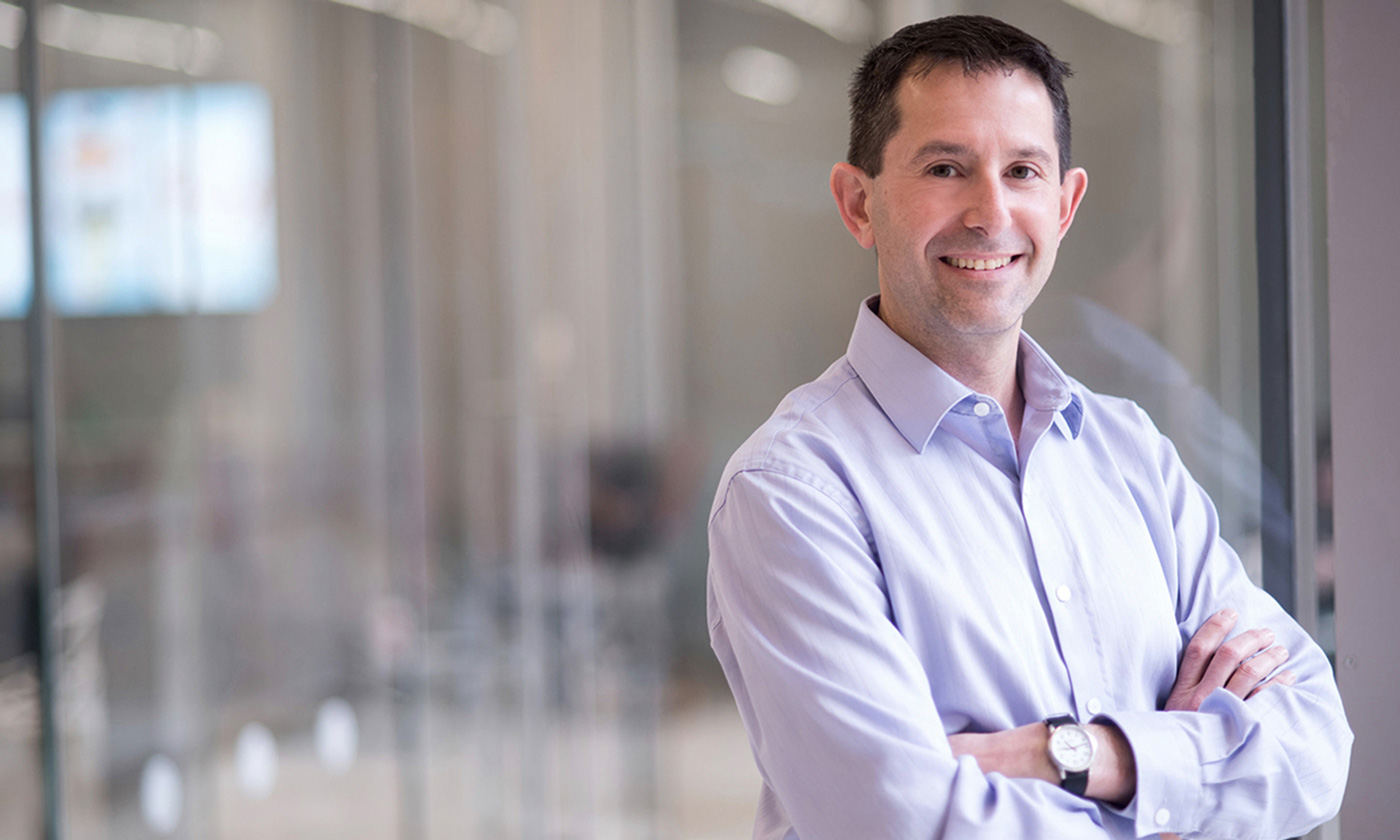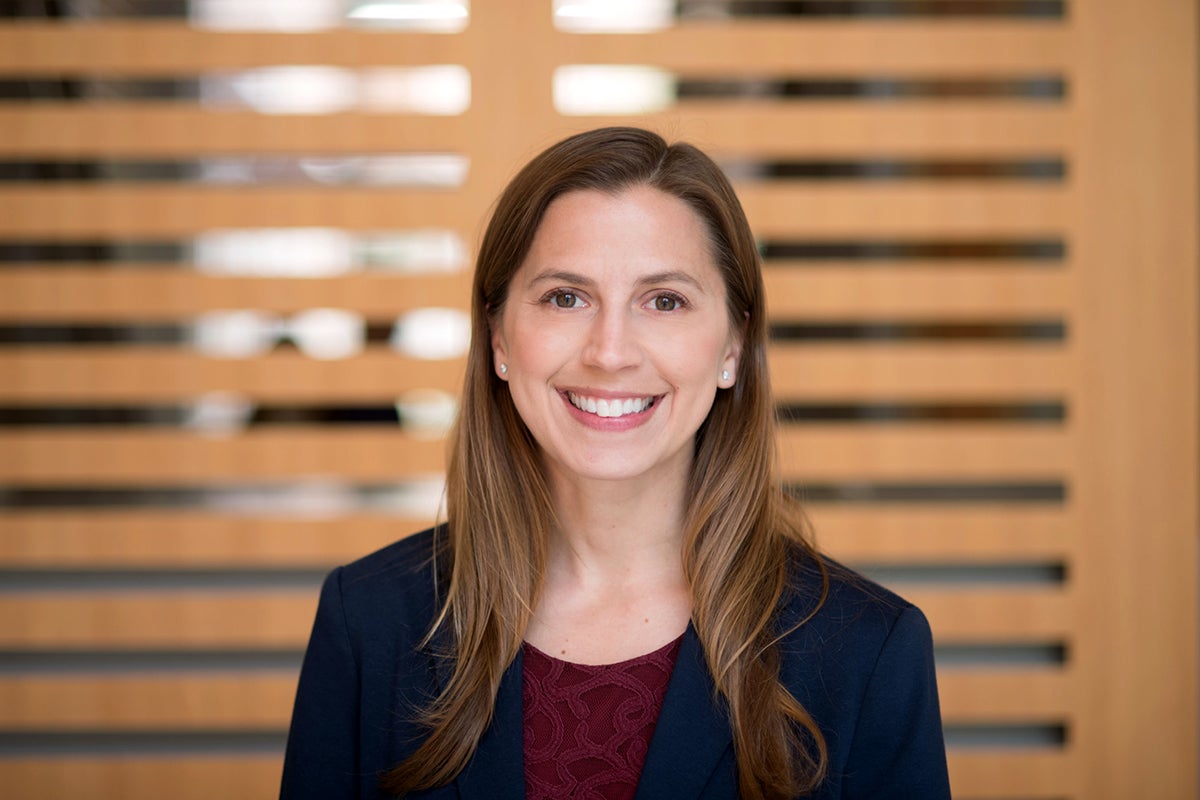Building Industry Bridges: Computer Scientist Peter Stone Tackles New Role for Sony, While Leading at UT
Peter Stone of UT computer science leads Sony AI in the U.S. and is now its chief scientist and deputy president.

Peter Stone, who was tapped in 2019 by Sony Corp. to head up the U.S. branch of its new global artificial intelligence research division, is now also chief scientist for Sony AI. Photo credit: University of Texas at Austin.
Update: After being appointed to lead Sony AI in 2019, UT Austin computer science professor Peter Stone has now been promoted to chief scientist and deputy president at Sony AI. The new role will involve guiding key projects and researchers, as well as shaping technical direction and project goal-setting in the organization. We are again sharing our story about Stone and his work with Sony AI in light of this news.
In a sign of the highly competitive environment for top talent in the field of artificial intelligence (AI), the Sony Corporation tapped Peter Stone, a faculty member in the College of Natural Sciences at The University of Texas at Austin, to lead Sony AI in the United States.
Stone, Truchard Foundation Chair in Natural Sciences, will continue to teach and direct Texas Robotics and the Learning Agents Research Group in the Artificial Intelligence Lab at UT Austin, in addition to his role at Sony AI’s U.S. division. Stone oversees an inter-college consortium of robotics groups across campus whose external partners include the Austin-based Army Futures Command (AFC). He also continues in his role as senior vice president of Sony Corporation of America.
As the demand for technologies using artificial intelligence booms, giants of industry and the public sector, from Google and Facebook to AFC, are increasingly turning to university researchers for their unique expertise.
“The mark of a top-tier university in artificial intelligence is whether you have this kind of connection to industry,” said Don Fussell, chair of the Department of Computer Science at UT Austin. “In this field, it is only the leading R1 universities whose faculty are asked to run industry research labs.”
“The University of Texas remains my home base, and I am excited both to assume this new role and continue the research and teaching I do at UT,” Stone said. “Although the new lab does not have a campus affiliation, there is no doubt that the opportunities the university affords have a lot to do with why Sony’s AI research hub for the United States is now led by someone right here in Austin.”
Stone is not alone in bridging academia and industry. Inderjit Dhillon, a professor of computer science and director of the Center for Big Data Analytics at UT Austin, has worked in the Amazon Research Lab in Berkeley, California, developing and deploying state-of-the-art machine-learning methods for Amazon Search. Other UT faculty continue to work with members of the university community while assuming roles in industry; for example, Kristen Grauman, a professor of computer science at UT Austin who specializes in computer vision and machine learning, has worked with Facebook AI Research.
Universities and industry both see dual appointments as a way to mitigate a possible danger to the core missions of both. If industry recruits top researchers from academic posts, it makes it harder for the next generation of researchers to receive an education and learn the craft from the field’s leaders. This is essentially “eating their seed corn,” as Fussell explained to The New York Times.
For four years, Stone served as president and co-founder of an AI startup. His prior work in industry included a stint as senior technical staff member in the AI principles research department at AT&T Labs – Research soon after he completed his Ph.D. at Carnegie Mellon University. Stone’s research interests include planning, machine learning, multiagent systems, robotics and machine learning, especially reinforcement learning. He has previously served as the president of the international RoboCup Federation and is the recipient of numerous research and teaching awards. He has been named an Alfred P. Sloan Research Fellow, Guggenheim Fellow, AAAI Fellow, IEEE Fellow, AAAS Fellow and University Distinguished Teaching Professor.



